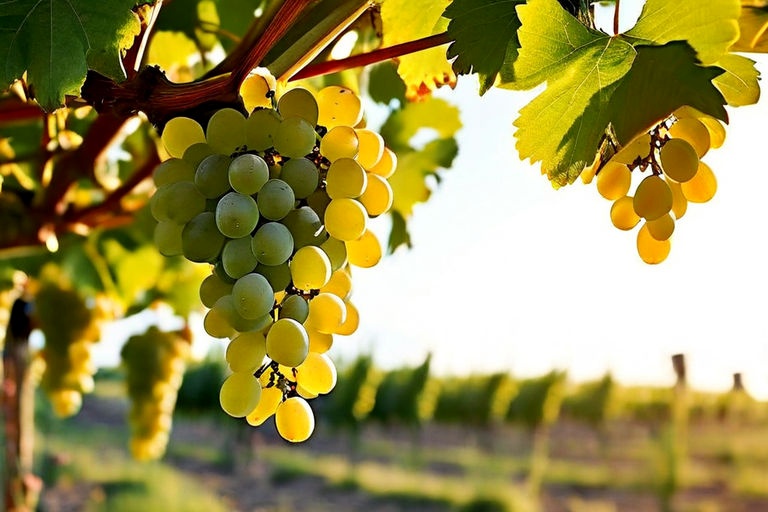What are the best resources for predicting weather for crop planning?

Comprehensive Resources for Weather Prediction in Crop Planning
Accurate weather forecasting has always been a crucial aspect of successful crop planning. Farmers rely on these predictions to make informed decisions about when to plant, irrigate, fertilize, and harvest their crops. This article aims to provide a comprehensive overview of some of the best resources for predicting weather for crop planning. We'll explore both traditional methods and cutting-edge technologies, highlighting their strengths and weaknesses.
Traditional Weather Forecasting Methods
Traditional weather forecasting methods, though not as precise as modern technologies, have been used by farmers for centuries. These methods include observing local flora and fauna, tracking lunar phases, and studying historical weather patterns. While these techniques may not offer pinpoint accuracy, they can provide a general idea of upcoming weather conditions and are particularly useful in areas where advanced technology is not readily available.
Local Flora and Fauna
Many plants and animals exhibit certain behaviors or changes based on upcoming weather conditions. For example, cows often lie down before a thunderstorm, while certain plants, such as the Scarlet Pimpernel, close their flowers in anticipation of rain. Observing these signs can give farmers a rough idea of the weather to expect.
Lunar Phases and Historical Weather Patterns
Many farmers believe in the influence of lunar phases on weather patterns. Although there's no scientific consensus on this, some farmers swear by lunar calendars for their planting and harvesting schedules. Studying historical weather patterns can also give farmers an idea of what to expect, as weather tends to follow certain trends over the years.
Digital Weather Forecasting Resources
With the advent of technology, several digital resources have emerged that offer more accurate and detailed weather forecasts. These include weather websites, mobile apps, and advanced meteorological equipment.
Weather Websites
Websites such as AccuWeather, Weather.com, and the National Weather Service provide comprehensive weather forecasts that include temperature, precipitation, wind speed, and humidity. They also offer long-term forecasts that can be helpful for planning purposes.
Mobile Apps
Mobile applications have made weather forecasting more accessible than ever. Apps like Weather Underground, Dark Sky, and NOAA Weather Radar provide real-time updates and alerts for severe weather conditions. They can be customized to a specific location, making them particularly useful for farmers.
Advanced Meteorological Equipment
For more accurate and localized weather predictions, farmers can invest in advanced meteorological equipment. Weather stations can be installed on the farm to monitor temperature, humidity, wind speed, and rainfall. This data can be used to create highly accurate forecasts specific to the farm's location.
Weather Prediction Services for Agriculture
There are several services specifically designed to provide weather forecasts for agricultural purposes. These services combine weather data with information about specific crops to provide tailored advice for farmers.
AgWeatherNet
AgWeatherNet, provided by Washington State University, offers weather data, forecasts, and decision aids for farmers in the state of Washington. The service includes a network of over 175 weather stations, providing highly localized information.
Climate FieldView
Climate FieldView is a digital platform that integrates weather data with information about the farmer's specific crops and field conditions. This allows farmers to make informed decisions about planting, fertilizing, and harvesting.
In Conclusion
Weather prediction for crop planning is a complex process that involves both traditional methods and modern technologies. While traditional methods like observing local flora and fauna and tracking lunar phases can give a general idea of upcoming weather, digital resources offer more precise forecasts. Websites, mobile apps, and advanced meteorological equipment provide detailed weather data, while services like AgWeatherNet and Climate FieldView offer tailored advice for farmers. By leveraging these resources, farmers can make informed decisions to maximize their crop yield and profitability.

